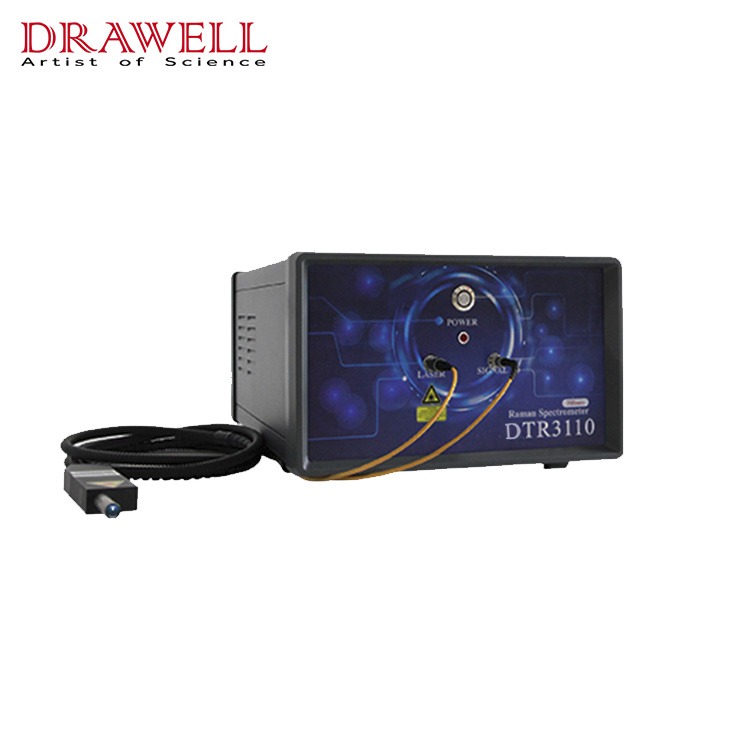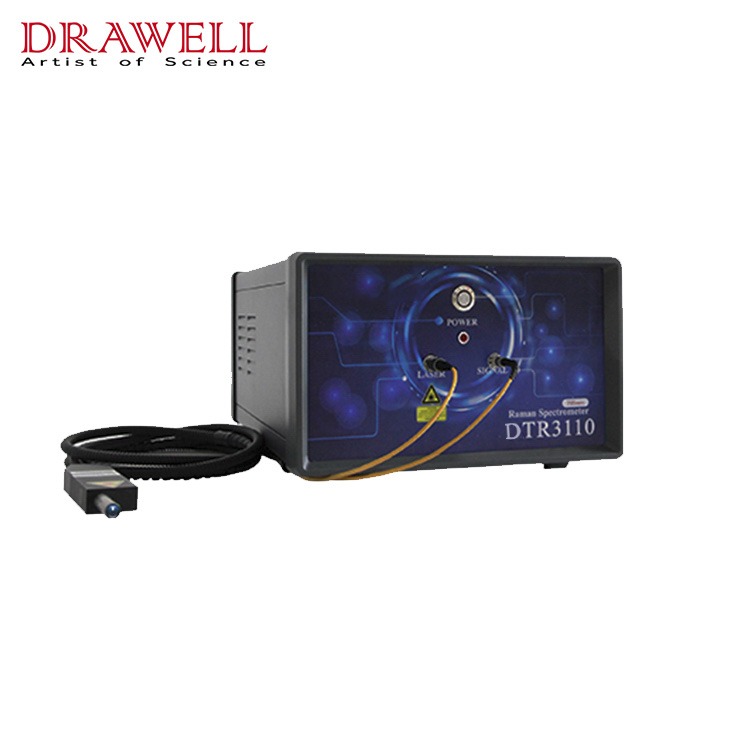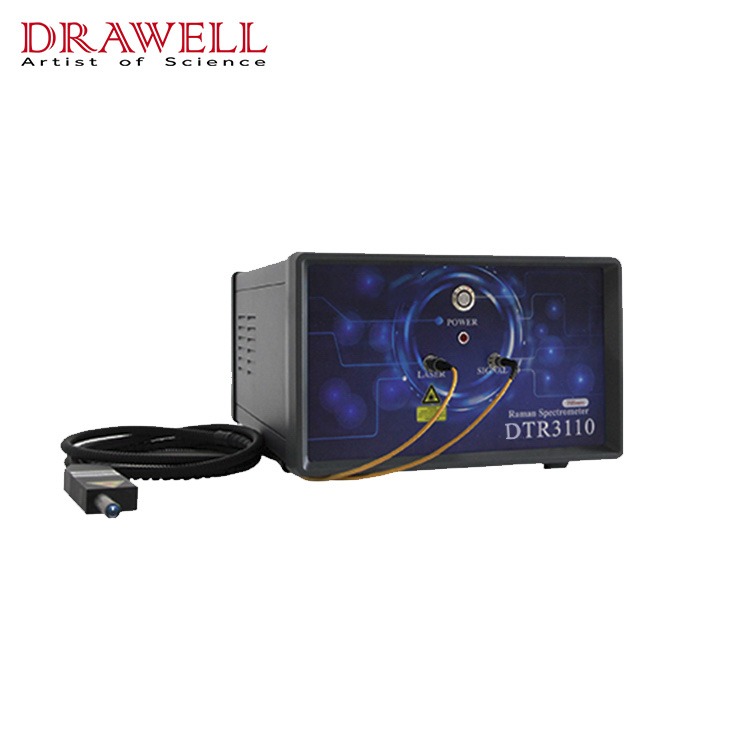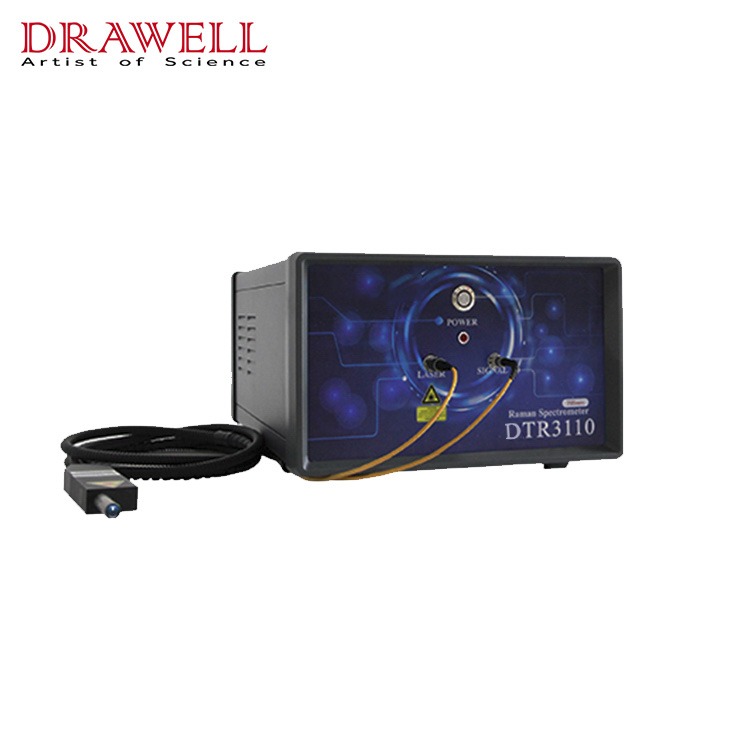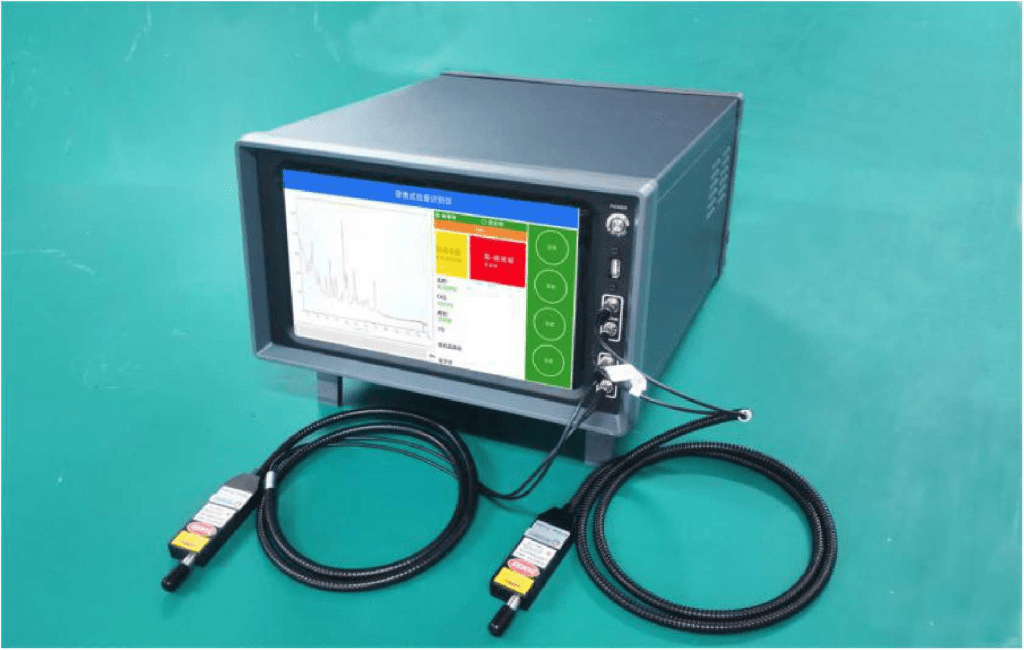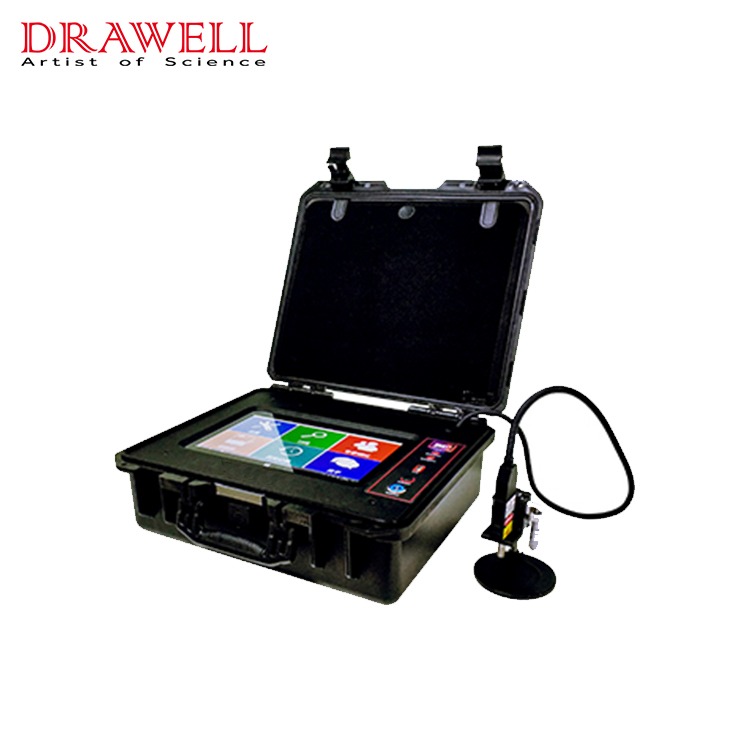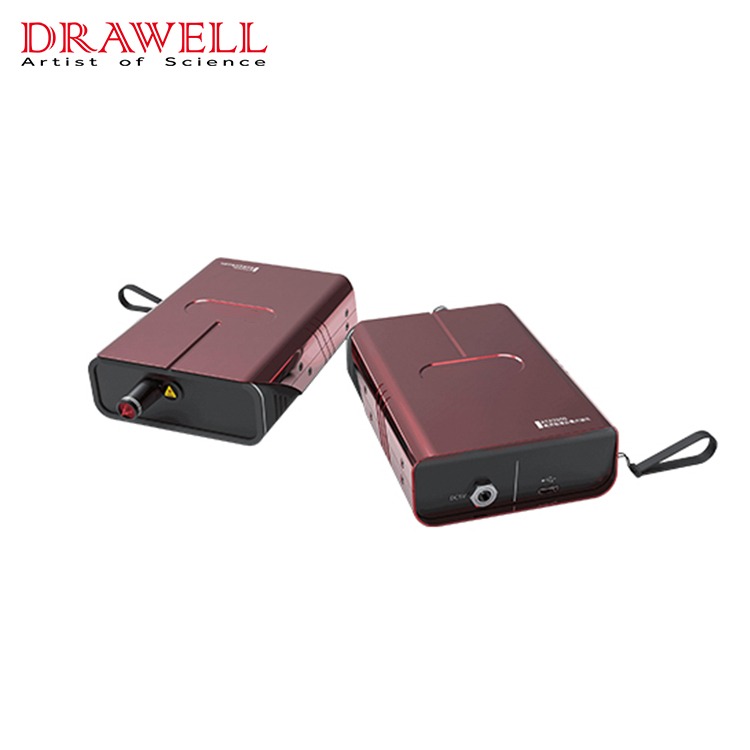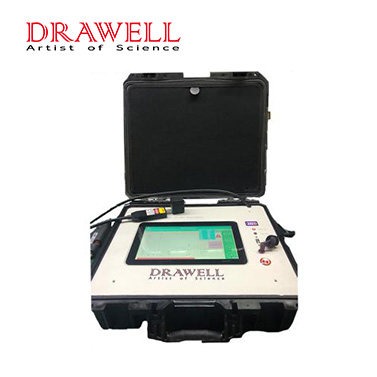Raman spectrometer(known as Raman Spectrum Analyzer) mainly determines the molecular structure of substances through Raman shift and can perform quantitative and qualitative analysis on samples such as solids, liquids, gases, organic substances, and polymers. The Raman spectrometer has 100 SERS libraries and 3000 constant substance libraries, which can quickly and accurately detect illegally added, chemically added, and adulterated substances in daily food. The instrument is based on laser Raman fingerprint spectrum analysis technology and network data verification technology, combined with enhanced reagents and pre-processing equipment, which can quickly realize the rapid detection of food safety in a few minutes.
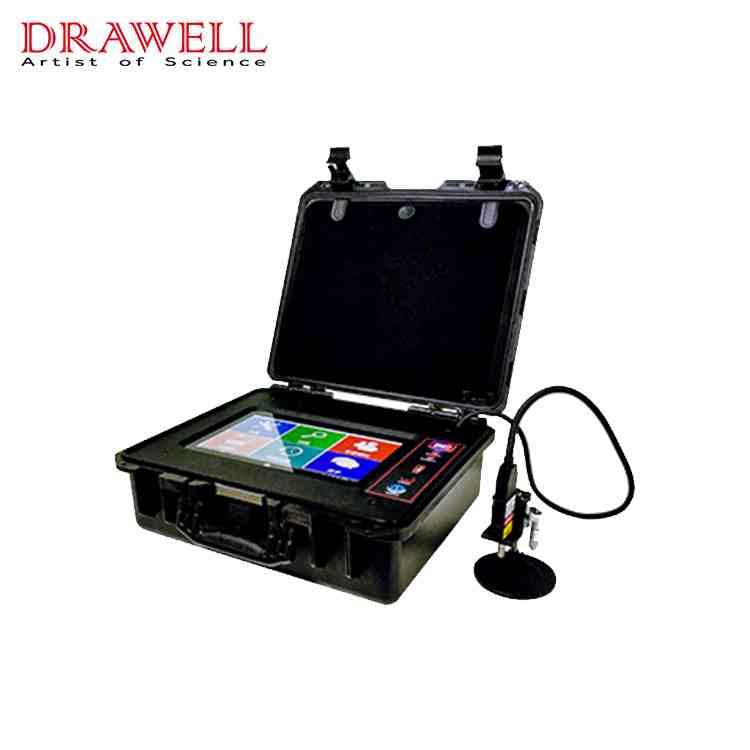
As a fast, non-destructive, and safe detection technology, Raman spectroscopy has the characteristics of fast and accurate, good reproducibility, simple sample preparation, compactness and portability, and wide application, combined with special surface Raman enhancement reagents and simple samples. Pre-processing equipment can simply, accurately, and efficiently detect the detection of illegal/abused additives, pesticide/veterinary drug residues, adulterated harmful substances, toxic chemicals, and other items in food.
3 Types of Raman Spectrometers
At present, according to the application of Raman spectrometers, it can be divided into Fourier transform Raman spectrometers, confocal microscopic Raman spectrometers, surface-enhanced laser Raman spectrometers, etc.
The Composition of Raman Spectrometers
The composition and structure of different Raman spectrometers will be slightly different, but generally, they are composed of a laser light source, sample device, optical filter, monochromator (or interferometer), and detector. Here is the structure-specific function description in the following:
1. Filter of Raman Spectrometers
The scattered light (Rayleigh light) of the laser wavelength is several orders of magnitude stronger than the Raman signal and must be filtered out before entering the detector. In addition, to prevent the sample from being irradiated by an external radiation source, a suitable filter or physical barrier needs to be set up.
2. Monochromator and Michelson Interferometer of Raman Spectrometers
There are single grating, double grating, or triple grating. Generally, the planar holographic grating interferometer is the same as that used in FTIR, which is a multi-layer silicon-coated CaF2 or Fe2O3-coated CaF2 beam splitter. Quartz beamsplitters and extended-range KBr beamsplitters are also available.
3. Detector of Raman Spectrometers
Traditionally, photomultiplier tubes are used. At present, CCD detectors are mostly used. The commonly used detectors in FTRaman are Ge or InGaAs detectors.
4. Excitation light source of Raman Spectrometers
Commonly used are Ar ion laser, Kr ion laser, He-Ne laser, Nd-YAG laser, diode laser, etc. Raman excitation light source wavelengths: 325nm (UV), 488nm (blue-green), 514nm (green), 633nm (red), 785nm (red), 1064nm (IR).
5. Sample device of Raman Spectrometers
Sample placement includes direct optical interfaces, microscopes, fiber optic probes, and samples.
How Does a Raman Spectrometer Work?
Raman spectrometer working (also called the Raman spectroscopy principle) mainly depends on the Raman shift. The frequency difference between the scattered light and the incident light is called the Raman shift, and the Raman shift has nothing to do with the frequency of the incident light, it is only related to the structure of the scattering molecule itself. Raman scattering occurs due to changes in molecular polarizability. Raman shift depends on the change of molecular vibrational energy level. Different chemical bonds or groups have characteristic molecular vibration, which reflects the change of specified energy level, so the corresponding Raman shift is also characteristic. This is the basis that Raman spectroscopy can be used as the basis for qualitative analysis of molecular structure.
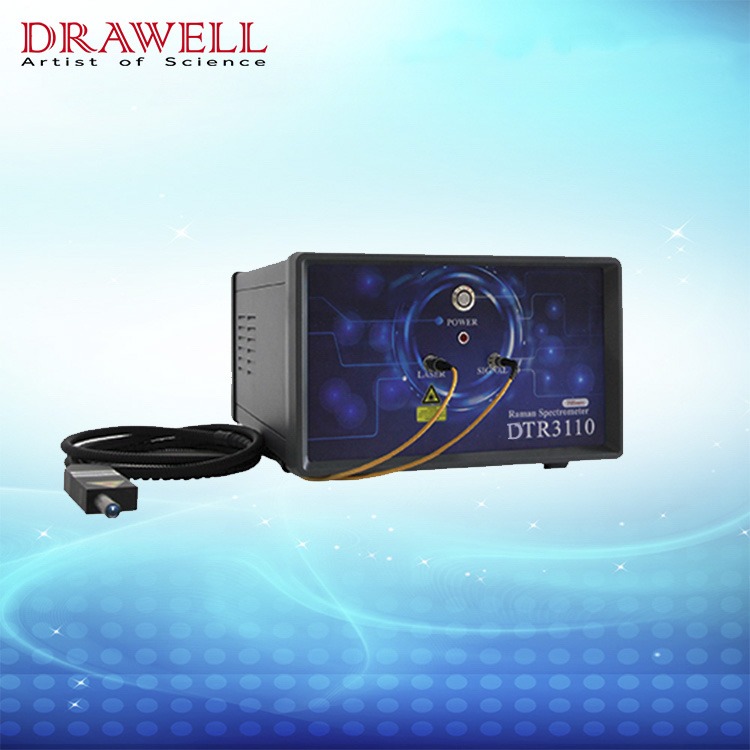
8 Applications of Raman spectrometers
Raman spectrometers are mainly used in the following industries:
1. Raman spectrometers are used for Biology.
Raman spectrometers are used in low concentrations of biohazardous substances. Besides, Raman spectrometers are used for quantitative bacterial detection of algal lipid content.
2. Raman spectrometers are used for forensic authentication.
Raman spectrometers are used for non-toxic, safe identification of drug grids, identification of explosives, and identification and analysis of blast quantities including identification of fibers, hair, pigments, inks, and cyanotoxin solvents for fiber fabrics.
3. Raman spectrometers are used for homeland security and defense.
Raman spectrometers are used for IED/HME Explosives detection Unknown substance identification and positive analysis, border patrol, and SA security inspection.
4. Raman spectrometers are used for Geology
Raman spectrometers are used for the non-destructive identification of geological materials Gem certification and anti-counterfeiting Identification of the origin of minerals and gems
5. Raman spectromettones Assessing the prospect of mining and the evolution of mines.ers are used for Pharmacy
Raman spectrometers are used for the detection of drug isoforms/solvents and identification of drug crystals Content analysis of tablets, capsules, and liquids Quality assurance and quality control of high-potency ingredients, additives, and excipients Rapid analytical tools for high-throughput screening.
6. Raman spectrometers are used for Chemistry
Raman spectrometers are used for monitoring and confirmation of input/output substances In junction/junction detectors for Process Analytical Technology (PAT) Polymers: Correlation of Physical/Chemical Properties (Molecular Weight, Viscosity, Molecular Weight, etc.) Oil Production Sensing and Analysis Identify resins, petrochemicals, and bulk chemical crystals.
7. Raman spectrometers are used for food safety and agriculture
Raman spectrometers are used for inspections at ports of entry Pesticides and herbicides Field audits Bacterial contamination.
8. Raman spectrometers are used for semiconductors and thin films
Raman spectrometers are used for defect inspection of wafers, thin film coating, quality safety and quality control in the junction process.

